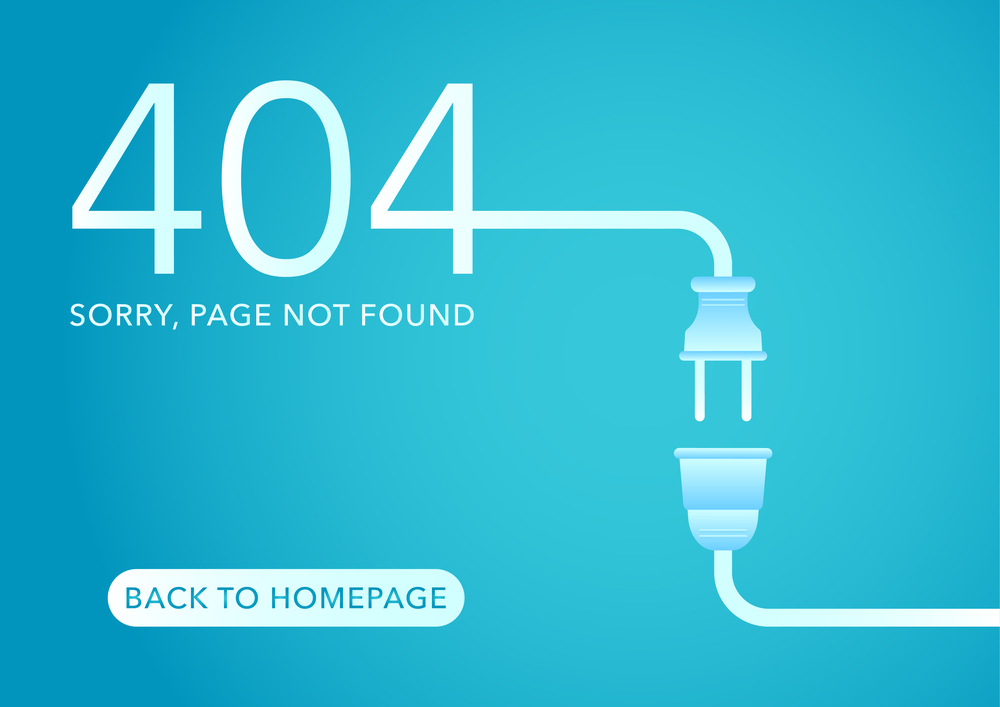
“If you believe a call center collapse can’t occur here, wait until 18 million folks are all scrambling to demonstrate they worked enough hours to maintain their health care.” That is the dire prophetic warning resonating in the corridors of state Medicaid offices as President Trump’s “One Big, Beautiful Bill” brings sweeping new work requirements for Medicaid eligibility. For state health administrators, policy experts, and millions of families, the stakes are nothing short of seismic.

1. The Avalanche: 18.5 Million Individuals, Twice Annually
The new law requires 18.5 million Medicaid recipients to attest to their work or community activity hours every six months triggering a tidal wave of paperwork and electronic information. As an example, Julie Siegel, who once served as the Office of Management and Budget’s Deputy Federal COO, expressed it best: “Medicaid is a federal-state partnership, they have to implement it and basically create a machine to implement this new level of bureaucracy that the tax bill is imposing upon them.”

With 30% of some agencies’ positions vacant and pandemic burnout still affecting workers, personnel are already over himself or herself. The clock is ticking? States only have 18 months to put up new systems and processes by the January 2027 deadline.

2. Why the Infrastructure Could Crack
The problem isn’t so much the quantity it’s whether the tech is ready. Siegel is direct: “[Government] will attempt and construct websites to do this, and I think there’s a good likelihood those web builds fail.”. When the sites malfunction, individuals call, when call centers have too few employees which they will most likely have, waiting times are ridiculously long.” The domino effect? Demoralized beneficiaries overwhelm call centers, lines stretch around neighborhood offices, and employees burn out and quit in high numbers. It’s a repeat scenario that’s happened before with other benefit programs, and the danger is even greater now with Medicaid’s size.

3. Administrative Overload: More Than Just Paperwork
Verifying work hours isn’t as simple as checking a box. Many Medicaid recipients juggle multiple jobs, gig work, or caregiving often without tidy timesheets. States must sift through mountains of documentation, cross-check payroll data, and chase down missing information. Robert Gordon, ex-director of Michigan DHHS, explains reality: “There are a tonne of unanswered questions about the legislation, so much so that some states may even begin building systems to process the changes without the answers from central government.” The Congressional Budget Office estimates the administrative burden will be enormous and the threat of error or missed deadlines high.

4. The Human Toll: Millions Could Lose Coverage
The figures are grim. The CBO puts the number at 7.6 million who will lose their insurance coverage by 2034 due to these adjustments. Studies indicate that a majority of Medicaid adults are currently working or have barriers such as sickness, caregiving, or transportation issues. However, in Arkansas the sole state to embrace full work requirements more than 18,000 individuals lost coverage within a year, primarily as a result of misunderstanding and reporting barriers, not for lack of qualifying under the work requirement. Disenrollment was associated with delays in care, worse medication adherence, and medical debt, per a JAMA research letter.

5. Lessons from States: Modernization Is Possible But Hard
A few states have been able to update their Medicaid IT infrastructure and prevent service bottlenecks. Case studies indicate that success depends on well-defined project roadmaps, strong risk management, and transparent communication among all the stakeholders. Modular systems with interoperability instead of monolithic legacy systems are more capable of dealing with policy changes and high-volume data flows. One state’s journey was a comprehensive one: “All five module procurements were implemented smoothly, a testament to the magnitude and complexity of the transformation,” the project team said. But these enhancements take years, not months, and need to be bought into by leadership, staff, and IT partners.

6. Practical Tips for Beneficiaries: Staying Covered Amid Change
For those concerned about losing coverage, information is power. Experts suggest:
- Maintain all employment and community involvement records in order and current.
- Answer any requests from your state Medicaid office right away delays can equate to lost coverage.
- Take advantage of online portals if offered, but don’t be afraid to call or go to your local office if you encounter a technical hiccup.
- Network with local advocacy groups, who frequently send reminders and help with paperwork.
- In the event you get a notice of noncompliance, move fast there normally is a brief time to appeal or submit incomplete information.

7. The Silver Lining: Funding and Flexibility If States Step Up
With the impending crisis in mind, the law provides a $50 billion Rural Health Transformation Grant Program to assist states in upgrading digital infrastructure, assist rural providers, and test new care models. States may also be given temporary waivers if they demonstrate a good faith effort to comply. As Robert Gordon points out, “There is a moment for governors to step up and try not only to minimize coverage loss, but also to modernize.” This is a precious chance for states to make an investment in systems ready for the future and shield their most vulnerable citizens.

The path ahead is daunting, but not without hope. As Dr. Mehmet Oz, CMS administrator, reminds us: “Every great people takes care of their most vulnerable, and we’re a great nation. We’re gonna do that.” For Medicaid agencies, policy experts, and families alike, staying informed, organized, and proactive will be key to weathering the coming storm and building a stronger, more resilient safety net for the future.


